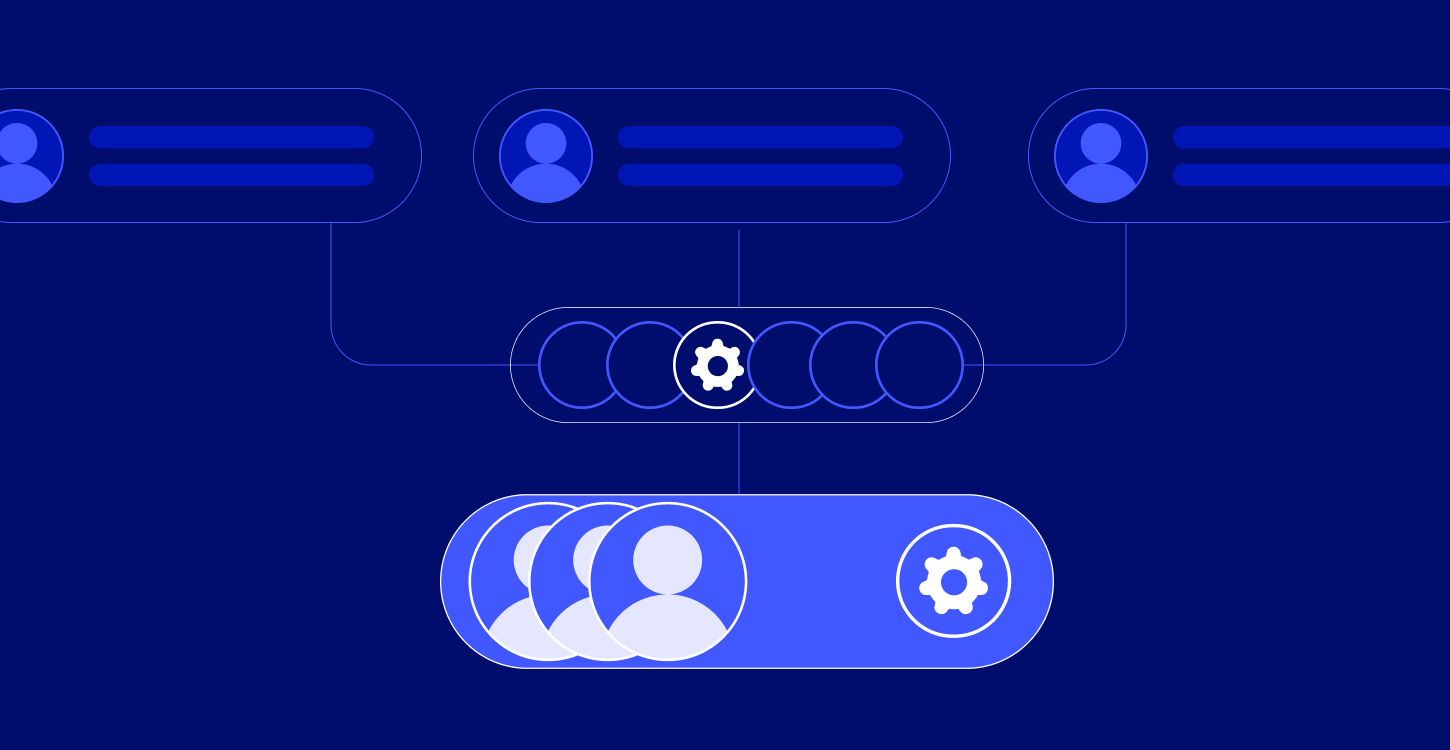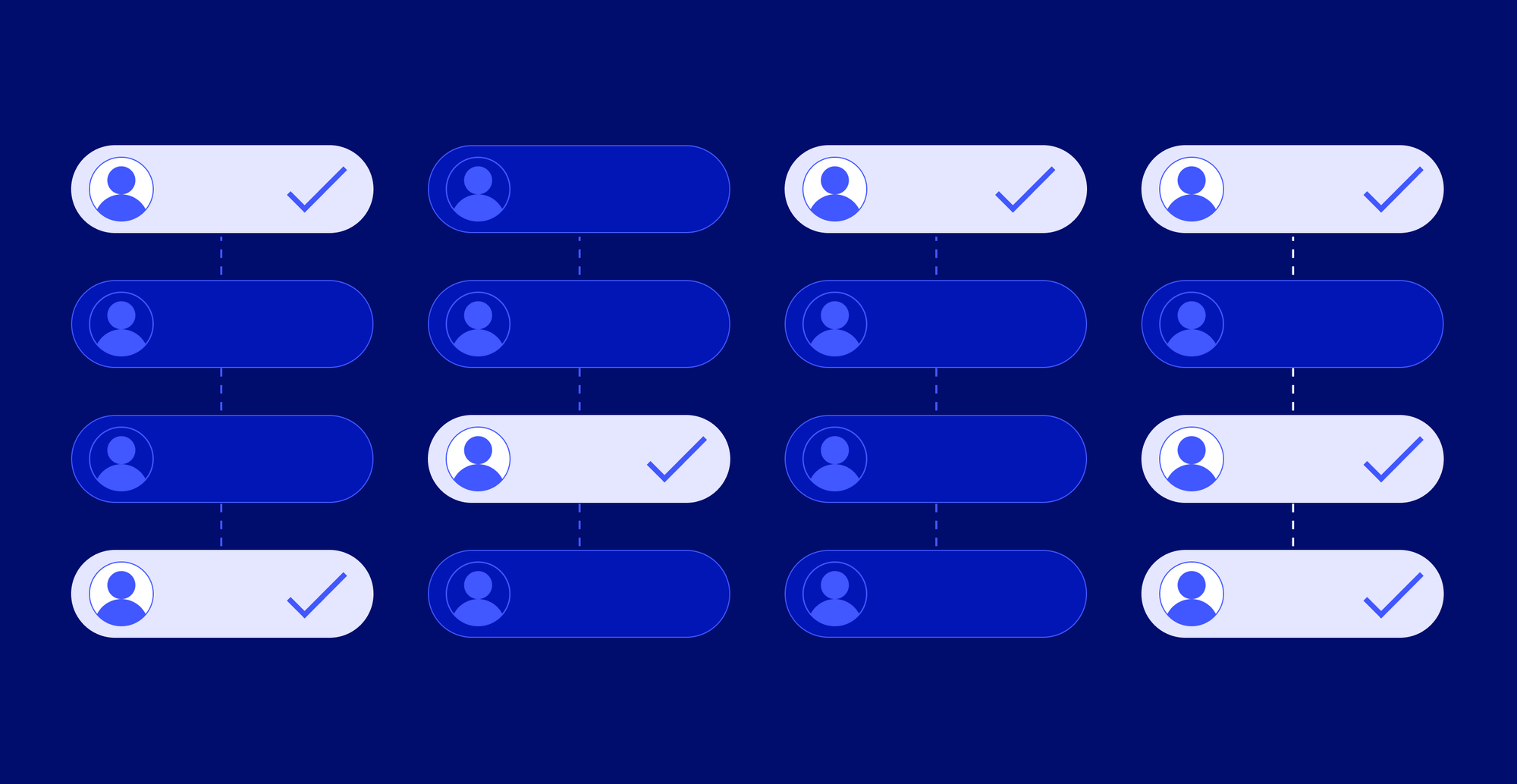Tracking customer job changes is important for your business
Nurture relationships with B2B contacts are the most important key for Sales and Marketing teams. How tracking job changes help your business?
.jpeg)


Nurture relationships with B2B contacts are the most important key for Sales and Marketing teams. There are a lot of existing tools and processes to nurture your relationship with your customer. But how turn past users and customers into opportunities?
Your contacts (customers, end-users, buyers, prospects, etc) are changing jobs at a high rate. According to CNBC, about 31% of professionals changed jobs in 2021 (in the USA).
All these job changes are a real opportunity for the sales and marketing team! But it also makes it harder for you to maintain a connection with these contacts. What’s more, if you don’t have any process to track job changes and turn them into opportunities.
Because job changes are real opportunities for your business! There is a lot of impact to knowing that your contact (leads, users, champions, or customers) moving to a new company in a real-time. Here are a few examples:
- A job change is a new revenue opportunity for your sales team
- Automate the generation of a qualified pipeline
- Being informed of a job change is the best way for your marketing team to reduce its email bounce rate
So let me guide you to implement a track job changes strategy!
Impact of contacts changing companies: How tracking job changes help your business?
The pipeline in your CRM is your company's best source of revenue. But for effective sales and marketing, this data must be up to date.
Do you know if your B2B contacts are still in the same company? Have they changed jobs? Have they been promoted? Do you update your contact information (you can read our dedicated article here)?
All these elements are clues to know who to sell your product (or service) and when.
Without this information, you are at high risk of wasting time and ending up in a lost deal. Instead of spending energy on qualified deals. A little longer to set up, but it’s more profitable in the medium and long term. It allows your teams to work with the right keys!
Monitoring job changes in your CRM is a strategy that pays off quickly and ROI improve in the long term!
1. Increase your new revenue opportunities
20% of your leads change jobs annually but companies miss 80% of these deals.
Have you already sold to past users? A common statistic is that we have a 3x higher chance to sell to past users.
Don't sell to past customers, prospects, and end-users in their new company it's a huge revenue loss. If you need more information, you can read our article "Playbook Outbound: Upsell by re-engaging your past customers".
A loyal and convinced customer will always be your best ambassador! Even if he has a job change. It's not a past customer, it’s a hot lead.
Actions, process implementation, and choice of tools are usually done in the first few months after a job change. So, it’s important to know when your customers change companies and/or jobs. In this way, you can contact them quickly with a personalized approach (name of the new company, this project, and how you can help them with these goals as you have done in the past, for example).
2. Shorter your sales cycle
Selling to someone who knows you, has already used your product, and is already convinced of its added value will always be easier and faster than selling to someone who does not know you.
3. Decrease your potential leads lost
Exactly as for your customers, 20% of your leads have a job change every year. If you don't recycle them and target them in their new company, it's a huge lead loss.
Maintaining updated CRM data means you save time. You save your marketing team from searching for new leads that you have in your CRM. You save your SDR team from manually searching websites to update B2B contact details. Your teams don't have time to waste on these tasks, they are more efficient in bringing more opportunities.
4. Reduce your customer churn rate
If your buyers move to a new company, his/her replacement can have a great experience with one of your competitors. It's easy to detect when your users left but trickier with a buyer. If you don't reach the new buyer quickly and your renewal date is close, your customer churn risk is high.
Keeping a customer happy is expensive. Acquiring a new customer costs even more! All companies (regardless of sector, employee ranges, ...) are looking to reduce their churn rate. This means nurturing your contacts, even those who have a new job!
5. Boost the deliverability of your e-mails
It's probably already happened to you: you run an ultra-precise campaign on top targets. And you realize too late that several of your targets are no longer in their company.
Results: bad bouncing rates and missed opportunities with prospects you’ve spent time nurturing your relationship.
Imagine you take the resolution of spotting your B2B contacts job changes and make sure to keep on talking to them no matter what company they are in. But how do you achieve such a time-consuming task?
It's a deal!

How to integrate track job change into your Sales and Marketing processes?
You can track the job changes of different types of contacts.
Your ambassadors, and those who love your product (or service). Your customers and product end-users. Your customers who have churned. Your lost opportunities. Each of these personas will represent a different opportunity for you and different actions.
Make your past users your future customers thanks to tracking job changes
What is an event-based strategy?
You've set up strategies in your company to fuel leads to sales reps. You’re now wondering when it is the right time to contact your leads or how you can improve conversion.
Well, event-based sourcing or intent-based marketing (also called Sales Triggers events or buying signals, or buying intent) is a way to identify good momentum to engage with a company. You can't just rely on fuel MQL to the sales team and segmenting on your ICP is not enough to score as lead sales-ready.
Despite the quality of your segmentation and the number of contacts you process, you will end up with a poor contact-to-opportunities conversion rate. That’s where Intent and track job changes come in.
Create the momentum to contact your leads with job changes tracking
Most of the time, event-based strategies reach a higher reply rate and conversion rate as they let you know when your prospect needs your product or service and has a high likelihood to buy it. To transform opportunities into revenue, it all comes down to one motto: timing + need& pains.
When you analyze the reason you lost deals, you often discover bad timing as the top cause.
Some statistics on job changes
- When there is a job title change and a prospect joins a new company, statistics show that new buyers implement new tools and spend 70% of their budget in the first 100 days
- 20% to 30% of your B2B contact change jobs every year
- According to Salesforce, 80% of previous buyers buy again
- According to Forrester, being in front of the buyers first increases your chance of closing the deal by 74%
The “new position” lets you engage with prospects that have developed a relationship with you and know your product. When they’ve just joined a new company, it’s an interesting momentum to get a competitive edge and leverage the earlier you engage with the prospect. The more you increase the odds of converting him.
How to implement track job changes?
The idea is to automate the entire process, from sourcing to sales allocation.
In the first step, you will have to make choices. You should start by putting your energy into the contacts that bring you the most value:
- those who already know you
- with whom you have already spoken
- those who like your product (or service)
- the decision-makers
- the champions, power users, and influencers
In the second step, you can track all contacts and all your CRM data to exploit all opportunities to track job changes!
Using LoneScale to scale track job changes?
From a contact list, LoneScale is able to spot the ones who are still in their companies and those who have changed organizations. You can use LoneScale like a Sales intelligence tools!
How to implement this into your processes? It’s quite simple. You don’t have to change your organization or complete a formation to use LoneScale.
We directly integrated with your CRM following your existing workflow and processes. You can also deal with your lists directly on our platform.
1. Connect your CRM
LoneScale has native integration with Hubspot and Salesforce. It’s pretty simple and just takes 30 seconds. You can find the LoneScale app from the marketplace of Hubspot and Salesforce.
But you can also use LoneScale with another CRM using the webhook connection. In this case you can use the webhook of your choice (Zapier, N8N, ...). An you can also use LoneScale’s API to automatize some tasks (recommended for development enthusiasts).

2. Prepare and prioritize your contacts lists
To prioritize your tasks, you can organize your contacts with lists, according to the advice given above.
If your CRM offers dynamic lists (like Hubspot for example) this is the best solution! For example, you can create a list of "champions" (or power users) contacts in target accounts according to type. Each Sale can use this type or not on a contact in your CRM. Each time a contact has this type he will automatically enter the list, each time a contact no longer has this type he will be removed from the list.
So your list will be dynamic and LoneScale will always have your list up to date to make good track job title change.
3. Choose your type of actions and notifications in your CRM when there is a job changes (or other modification)
According to your Sales and/or Marketing processes, you can make a lot of actions and automation in your CRM. In order to save your team’s time and focus on their work.
Here you can find a few examples of some of our customers:
- Create a weekly report with all the contacts who have a new company
- goal: estimation of potential revenue for Business Developer
- Update the contact information when there is a job changes (or another change: name, new company, Linkedin URL found, ...)
- goal: keep up-to-date data thanks to live data enrichment
- Create a task in the account manager's to-do list as soon as there is a change in a contact
- goal: keep the link between the account manager and the lead by sending a personalized message to the lead
- Add the contact in a personalized campaign when there is a job title change corresponding to your ideal persona
- goal: automatically feed your campaigns with quality warm leads
4. Some examples to deep dive
You can find below two campaigns playbooks that can help you into the benefits of tracking job changes:
Prospect smarter with live stakeholder mapping
One click in Salesforce reveals the entire verified buying committee with accurate contact details and keep stakeholders up-to-date. It’s not just “updated often” — it’s actually live.






.png)








